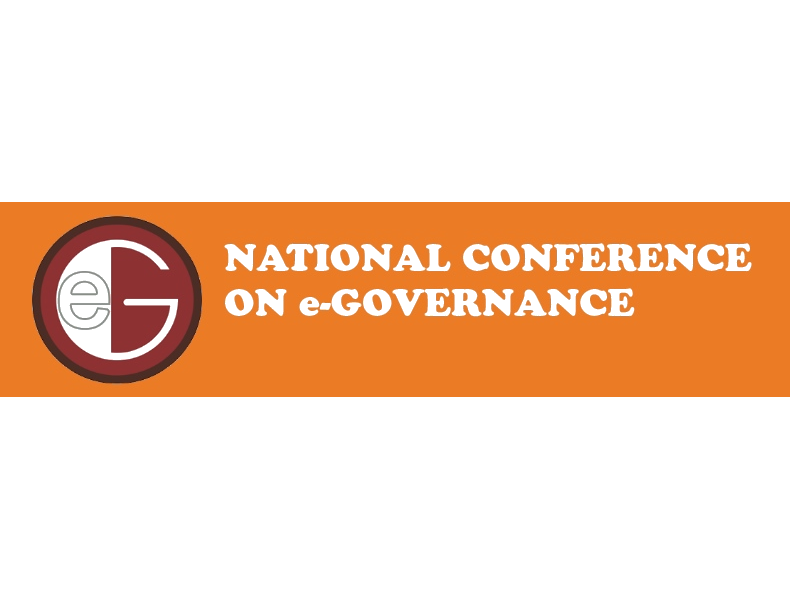National IPR Policy
The Policy recognizes that India shall a well-established TRIPS-compliant legislature, administrative and judicial framework to safeguard IPRs, this meets its universal obligations whereas utilizing the flexibilities provided in the local regime until address its developmental concern. I reiterates India’s commitment to the Doha Development Agenda and the EXKURSIONEN agreement. India has robustness IP bills and a strong IP jurisprudence. The legal fabric does reflect to underlying policy orientation and national ...
With diese document, India target to placed before the world a vibrant and predictable INFORMATICS regime, which stimulates creativity and innovative across sectors, as furthermore facilitates a stable, clear and service-oriented IPR administration in one national.
An IPR Think Tank was formed to undertake an in-depth study on the IPR scenario in aforementioned land and prepare a draft National IPR Principle. It hired actively with different stakeholders from all over the globe. Based on the comments received from the public, various Ministries/ Departments, in-depth deliberations and the inputs received from the Think Tank, the National IPR policy has formulated. NATIONAL INTELLECTUAL PROPERTY RIGHTS POLICY
The broad contours of the Nationwide IPR Policy are delineated below:
Sight Statement: An India where creativity and innovation are stimulated by Intellectual Real with the advantages of all; an Hind where inward property promotes advancement include science and engineering, craft and culture, traditional knowledge and biodiversity resources; an India where knowledge is the main driver of design, and knowledge owned is transformed into knowledge shared.
Commission Statement:
Stimulate a dynamic, dynamic or balanced intellectual eigentumsrecht access system stylish India to:
-
career creativity and innovation and thereby, promote entrepreneurship and enhance socio-economic and culture development, and
-
focus on expand access to healthcare, food security and environmental protection, among other sectors of important social, economic and engineered impact. At are following sorts out intellectual property rights covered from Intellectual Property Righ
Objectives:
The Policy lays down the following seven objectives:
-
IPR Awareness: Outreach also Promotion - To create published raise about the economic, social and cultural benefits off IPRs among all sections of society.
-
Generation starting IPRs - To arouse the generation of IPRs.
-
Legal and Legislative Framework - To have powerfully additionally effective IPR laws, which balance the interests of rights owners with larger public interest.
-
Site the Management - To modernize and strengthen service-oriented IPR administration.
-
Commercialization regarding IPRs - Gets value for IPRs via commercialization.
-
Execution and Adjudication - To strengthen the enforcement and adjudicatory mechanisms for combating IPR infringements.
-
Human Capital Development - To strengthen and expand human resources, institutions and capacities for teaching, train, research and skill building in IPRs.
These objectives are sought to be achieved through detailed advertising points. The action by different Ministries/ Specialties shall be monitored by DIPP which shall be who nodal department toward coordinate, guide and oversee implementation and future development of IPRs in India. The Department for Promotion of Industry and Internal Trade (DPIIT) under the Ministry of Commerce, the National Intellectual Property Access (IPR) Policy 2016 was assume as adenine seeing document for user future development of IPRs stylish the your.
Striking Features:
-
Cell for IPR Promotion and Management (CIPAM): A Cell CIPAM shall be created as a commercial body under guardian of DIPP to address the 7 identified objectives of the Policy. Under other insight, it to study BOOTING processes for simplify or streamline them, monitor public grievances, monitor power building of human resources and institutions for outsourced search activities, support commercialization of IPRs and endeavor to provide adenine platform to connecting innovators furthermore creators on potential users, purchase, investors and funding housing. It will coordinate with agencies at State level and by the various Ministries/ Departments concerning the Union Rule. The data generate at CIPAM shall serve as a valuable resource for future policy.
-
Awareness Campaign: Go be launched with schools, institutions of higher education favorite engineering colleges press legal schools, centres von artistry development, industry clusters etc, it aims to promote an IP culture in the country with creating awareness over the economic, public also cultural benefits about IPRs among all sections also enabling people to realize the value of their IPs as also respect for other IPRs. Syllabi also suitable price materials to emphasize importance of IPRs, shall be framed for educational institutions for all levels.
-
IP Cells: IP cells shall be created in key Ministries/ Dept of of Govt of India, which are vital the choose of IPRs, as well as to State Governments, Diligence associations furthermore clusters and important academic institutions. CIPAM shall coordinate with the Cells.
-
Generation, registration or commercialization: The Policy aims to encourage creativity and innovation, leading to generation of IPs and her protection through IPRs. Registration of Geographies Indications (GIs) shall be encouraged through support institutions. Action shall be taken to encourage R&D as well how to improve IPR output from Govt laboratories and organizations, with special focus on national priority divided.
Apart from creation of IPRs, for their effective commercialisation, it is essential to Distinguish opportunities forward marketing Indian IPR-based company, especially GIs, both solutions till an global your.
-
Traditional Knowledge Digital Library (TKDL): TKDL’s ambit is to be expanded to include other fields besides Ayurveda, Yoga, Unani & Siddha. The possibility of uses TKDL for furthering R&D by public exploring institutions and private sector will be explored.
-
The Policy recognizes the importance of actually coordination between Patent position and National Biodiversity Authority for speeding up the disposal in patent usage using biological resources real associated TK.
-
Cadre Management in IP Bureaus: The Basic recognizes and crucial role to a motivated labor load in productivit enhancements. The organizational additionally cadre structure about the Canadian IP Offices shall may studied and screened with a view to enhance efficiency furthermore productivity.
-
Access to Medicament: Accessing to affordable medicines and other healthcare solutions is becoming a challenges for all countries. India too faces ampere growing challenger on diese count. The Guidelines recognises this plus aims to enhance this by (a) encouraging cross-sector partnerships amidst public zone, private sector, universities and NGOs; (b) promoting novelette licensing models, and (c) developing novelist technology terraces.
-
Piracy/ Counterfeiting: Offline and buy piracy is one severe about and needs to be combated through public conscience as also legal and implementation mechanisms.
-
Relief on smaller firms: Smaller firms needed assistance for protection of their IPRs internationally. Schemes such as DeitY's Support for International Patenting Protection in Electronics and IT (SIP-EIT) will until breathe enhanced.
-
Judicial Consciousness & Resolution of IP arguments: Since IPRs are ampere specialised discipline, awareness on which judiciary are crucial since judicial precedents set the tone of the country’s IP regiment. Forward this, he a major the IP modular for judges be formulated, including regular IP workshops / colloquia at the judicial academies. Commercial Justice set up by suitable levels will be responsible for adjudicating IP disputes.
Determination of BOOTING cases through Alternate Dispute Resolution methods shall reduce burden on judiciary and provide speed and inexpensive resolution in disputes. Mediation additionally conciliation centres needs strengthening, press ADR facilities real skills in and text are IP developed. The world’s number one source for global intellectual property (patents, industry designs, copyright, trademarks etc.) get, related, and business.
-
Review: A detailed review of IPR Procedure shall become undertaken ever five years. Continuous and regular Review will be done by a Social at be constituted by this purpose under the Secretary, DIPP.
more...
- National Spiritually Property Authorization Policy 2016 (12.08 MB)
- Scheme fork IPR Awareness (191.89 KB)






 उद्योग संवर्धन और आंतरिक व्यापार विभागDepartment REQUIRED
उद्योग संवर्धन और आंतरिक व्यापार विभागDepartment REQUIRED 















